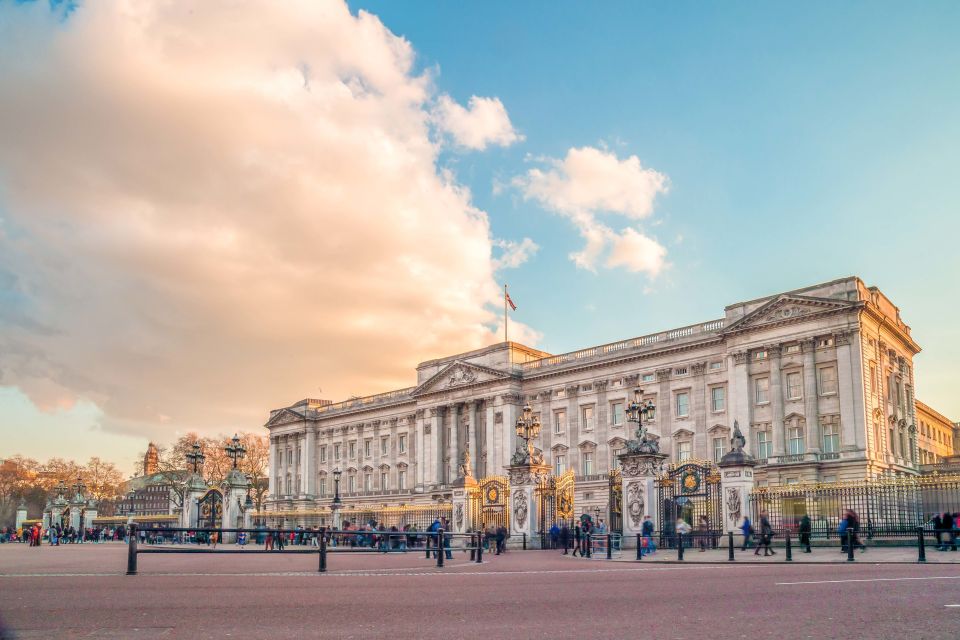The beloved Queen Elizabeth II, Britain’s longest-serving monarch, has been laid to rest next to Prince Philip, capping historic events of pomp and ceremony that millions around the world witnessed with sadness and awe. As Great Britain, and the world, welcomes the new monarch, His Majesty King Charles III, great detail will be placed in ensuring the coronation, slated for some time next year, is flawlessly planned and executed. While many will undoubtedly witness the event from televisions and computers located in homes and offices around the globe, some individuals will be lucky enough to attend in person. This article will highlight the relationship between the residents of Arlington Heights and His Majesty, that at the very least, should garner them an invite.
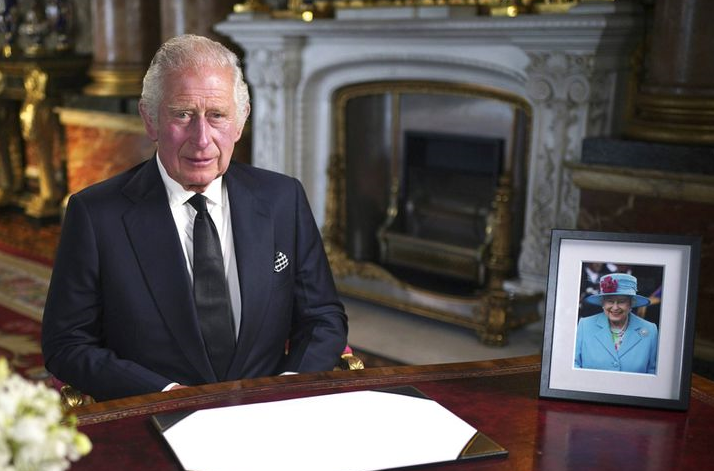
Most people have heard of the idea of “six degrees of separation”. For those who have not, six degrees of separation is the theory that any person on the planet can be connected to any other person on the planet through a chain of acquaintances that has no more than five intermediaries. Using that basic logic, residents of the Arlington Heights neighborhood can claim to practically be neighbors of His Majesty, King Charles III. This article will explore that relationship.
The Arlington Heights neighborhood is a Historic District added to the National Register of Historic Places in 2008. The district, recognized by its most distinguishable landmark, the Thomas Jefferson Park, is believed to be the first named neighborhood in Arlington County. Initially a farming community, it saw a massive expansion of housing immediately before and after the Second World War. As such, it is possible to trace the development of architectural trends in America just by looking at the homes in the neighborhood. For this reason, it is listed on the National Register of Historic Places. The houses represent a variety of architectural styles, including late nineteenth-century and early-twentieth-century Colonial Revival, Craftsman, Tudor Revival, and International. The district is an example of a neighborhood that has transitioned from an organically existent entity into a planned community designed using principles established by the Federal Housing Administration. The short distance to Washington, D.C. and the increased presence of commuter bus and railway hubs as well as the growing use of the automobile allowed Arlington Heights to grow into a viable option for those people desiring to live outside of the capital while still being able to work there. It was, and still is, a desired residential location for employees of the federal government. The area is named after the high ground overlooking the Potomac River and Washington, D.C. called Arlington Heights.
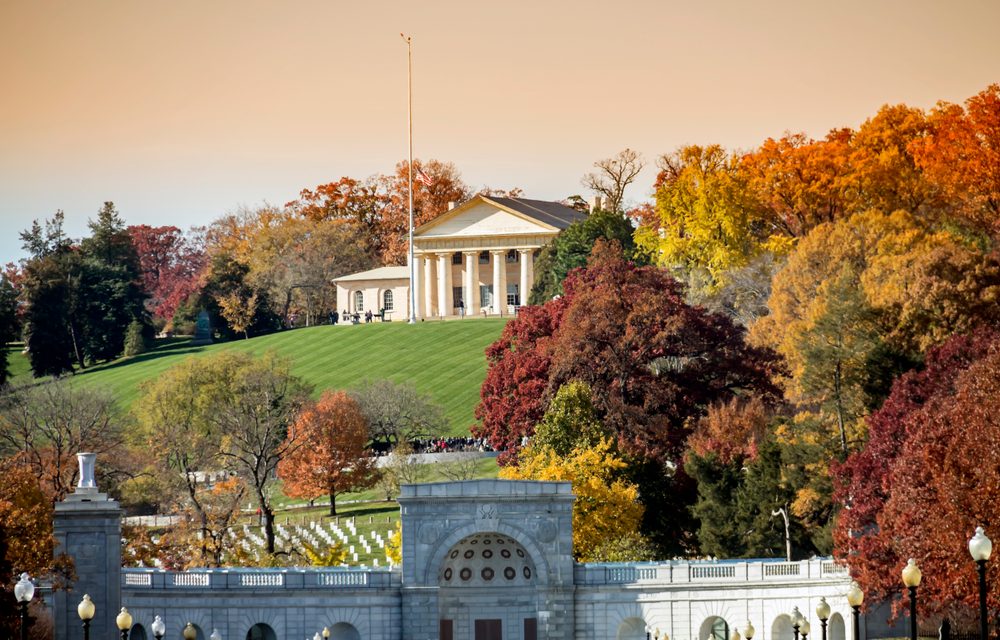
The Arlington Heights takes its name from the iconic house overlooking Washington D.C. and the Potomac River. In 1802, George Washington Park Custis, George Washingtons step-grandson, inherited some property on the Virginia side of the Potomac River. He built a Greek Revival-style mansion as his home and as a place to display his large collection of George Washington heirlooms and memorabilia. The house, names Arlington House, is considered the nation’s first monument to George Washington. The property passed to George Washington Park Custis’ only child, Mary Anna Randolph Custis and her husband, Colonel Robert E. Lee. When Virginia seceded from the United States during the American Civil War, Colonel Lee resigned his commission in the United States Army and accepted a commission in the Confederate States Army, ultimately commanding the Confederate Army of Northern Virginia. As punishment, the United Stated Government seized Arlington house and the surrounding estate for use as a cemetery for Union soldiers. The area ultimately became the Arlington National Cemetery.
Arlington House, however, was not the first great house in Virginia to bear the name Arlington. The original Arlington House was a seventeenth century manor established by the Custis family in what is today, Northampton County, located on Virginia’s Eastern shore. John Custis, known as the second so not to be confused with his uncle also named John, was the founder of the Virginia branch of the Custis family. Custis, his uncle, and his sister moved to the Eastern Shore of Virginia from the Netherlands around 1649. In 1656, because of his marriage to Alicia Burdette Traveller Walker, John Custis II obtained a large tract of land in Northampton County. The land, along with other parcels of land Custis acquired, became one of the largest plantations in the Tidewater area. Custis became wealthy through land speculation, tobacco planting, and facilitating trade between Virginia and the Netherlands. Around 1670, he built a large mansion on the estate and named it Arlington.
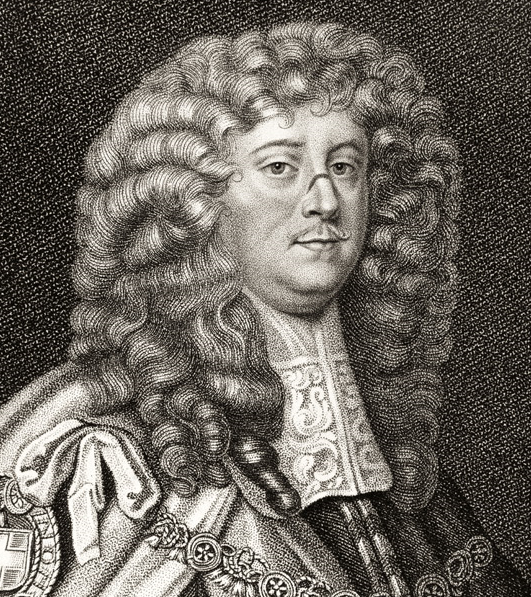
The Arlington County, Virginia website claims that John Custis II named his estate after his benefactor, Henry Bennett, the 1st Earl Arlington. Lord Arlington was a prominent politician who, in 1668, purchased a small London manor situated on the Royal Deer Park located adjacent to the St. James Palace grounds. The house was destroyed by fire in 1674 and the replacement Lord Arlington build became known Arlington House. Arlington House ultimately became the southern wing of Buckingham Palace. In 1703, Arlington House was purchased by the Duke of Buckingham. He expanded the house and renamed it Buckingham House. King George III acquired Buckingham House as a private residence in 1672. Buckingham House became the official royal residence in 1837. Additions were made to the residence, and it became Buckingham Palace. Today, Buckingham Palace is the official residence of the newly enthroned King of Great Britain, Charles III.
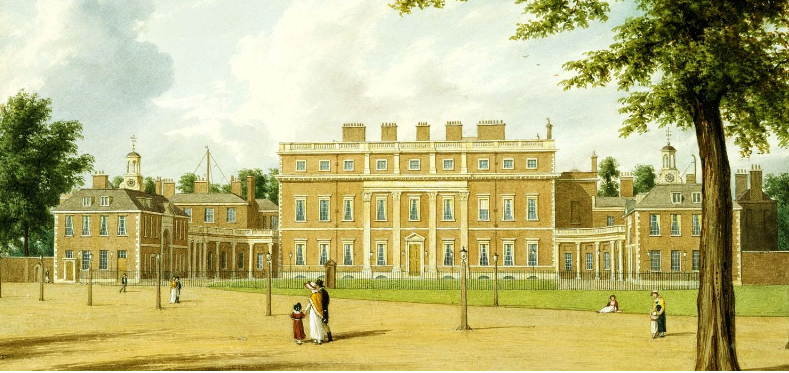
As one can plainly see, residents of Arlington Heights are only separated from His Majesty by six degrees. The neighborhood was named for (1) Arlington House, which was named for (2) Arlington in Northampton County, which was built by (3) John Custis II, who named his manor after the (4) Earl of Arlington, whose house became (5) Buckingham Palace, home to (6) His Majesty, the King.
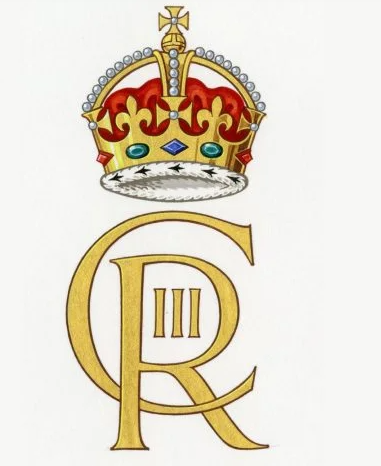
Now that this pedigree has been established, it may be time to affix the royal seal to the Arlington Heights Neighborhood signs and documents. One could now argue that the Arlington Heights Neighborhood should qualify as an annex royal residence, thus entitling the residents to an invitation to the coronation. Alas, not so fast. The Old Guard, the historic U.S. Army regiment tasked with protecting the tomb of the Unknown Soldiers at Arlington National Cemetery, does not have to worry about encroachment from another famous changing of the guard in the form of one His Majesty’s regimental bands. There is no contemporary evidence confirming that John Custis II was an associate of the Earl of Arlington. In fact, Warren Clardy, writing in the October 2001 edition of the Arlington Historical Magazine, quotes several scholars who suggest the connection between John Custis II and Lord Arlington to simply be coincidental. Clardy suggests the namesake for Arlington to be more pragmatic. John Custis II was not an English citizen since he was born in the Netherlands. As such, he was technically prohibited from trading with the colonies under the Navigation Act of 1652. At the time he was an influential broker between the colony of Virginia and the Netherlands. As a “foreigner” with significant business ventures in the area, it was in Custis’ best interested to display his English heritage to the powerful governor of Virginia, Sir William Berkeley. The best way to do so was to name his estate after the family’s ancestral home of Arlington in Bibury Parish, Gloucestershire, England. Custis’ parents Henry Custis and his wife Johanna were from Arlington. He surmised that Custis initially named his plantation, which he originally obtained in 1656, “Arlington” in as a way to prove his ancestral ties to England. In 1657, the Virginia Assembly passed an act permitting persons of English descent to become naturalized citizens after four years of residence in the colony. In 1658, John Custis II was granted a commission of naturalization. Later in 1670, Custis named his large manor “Arlington” after the plantation.
Since there is no connection with the Earl of Arlington, who, interestingly enough, was originally titled Baron Harlington, there is no connection with Buckingham Palace. As such, this essay must redefine the six-degrees of separation that Arlington Heights has with the United Kingdom. Here goes: The neighborhood was named for (1) the high-ground, location of (2) Arlington House, which was named after, (3) Arlington in Northampton County, which was built by (4) John Custis II, who named his manor after the (5) the Village of Arlington, which is in Bibury Parish, (6) home to so some awesome people. Frankly, while not as regal sounding, a relationship with an entire community of nice and interesting people is a much better deal, even if they cannot confer a knighthood for this literary masterpiece.
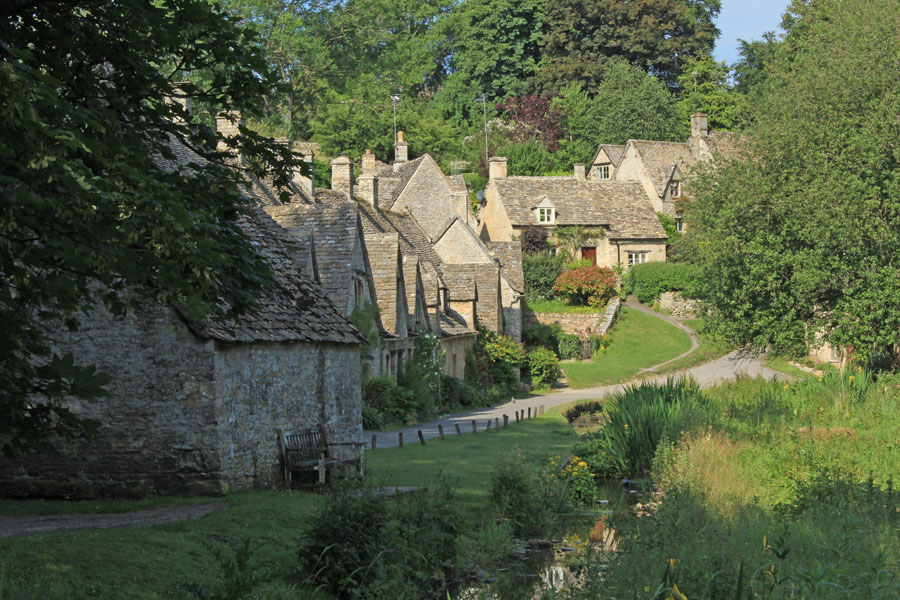
Regardless of the origination of the name Arlington, it can be proven the area located on the Potomac River, house, or cemetery, are eponyms for many other Arlington’s around the country. Furthermore, each of the original Arlington’s mentioned in this article, the Northampton County estate, the House overlooking the Potomac, the scenic village in the Cotswolds, the Earl, and even the Earl’s house in London, have contributed to some extremely interesting history. Even if there is no direct relationship between some of these elements, all Arlingtonians should be proud of the name and the people associated with it. And although no connection between Buckingham Palace and Arlington Heights, a personal invitation to the coronation would not be unwelcome.
